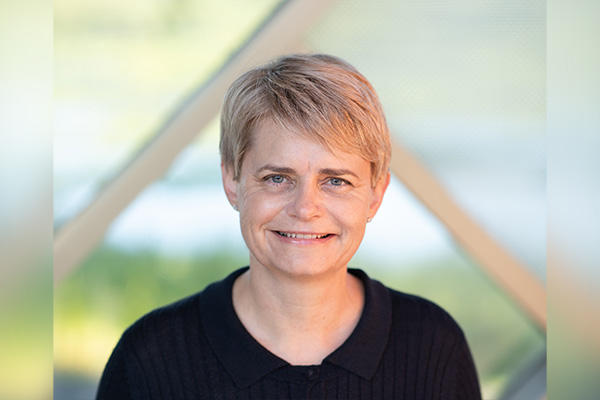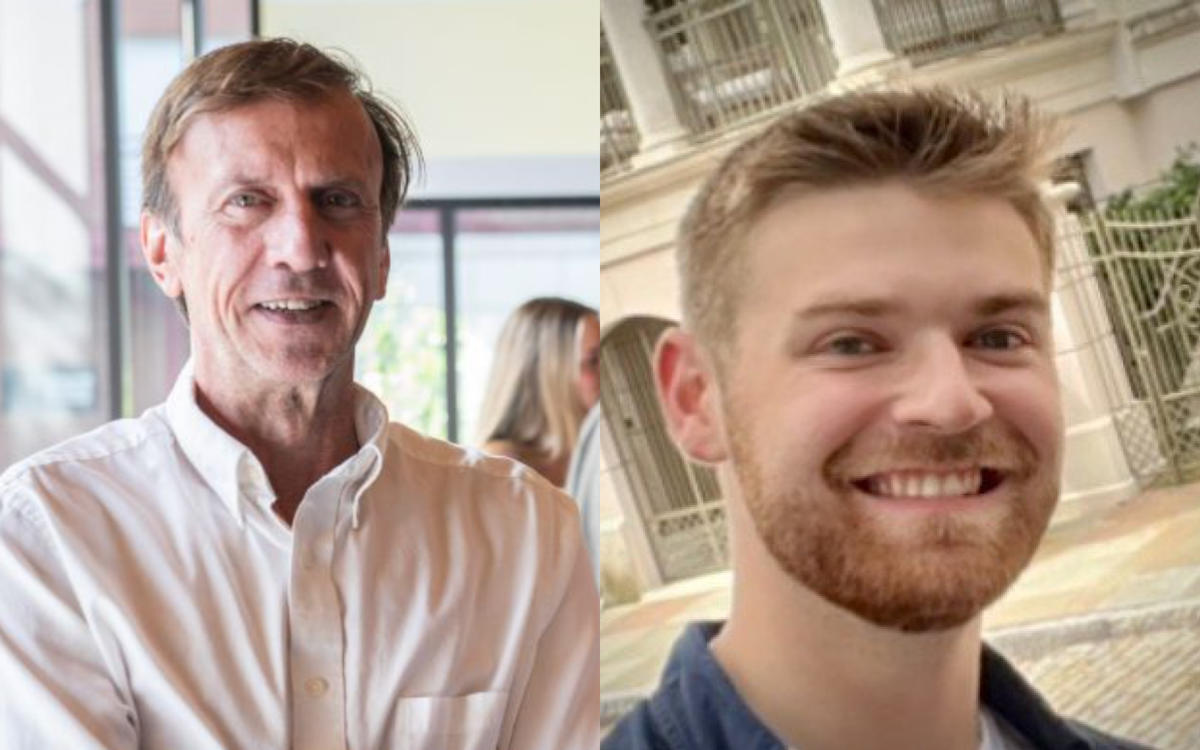A Pharmacist: An Active and Important Part of the Medical Care Team at a Rural Mental Health Clinic
April 1, 2018

As an experiment, with a funded residency, a pharmacist became an active and important part of the medical care team at a rural mental health clinic.
Although there are models of fully integrating a clinical pharmacist into the medical care team, it generally occurs in primary care settings in larger cities. Randall Seifert, PharmD, professor in the Department of Pharmacy Practice and Pharmaceutical Sciences and associate dean for strategic initiatives, wanted to try it in a rural setting, with a mental health clinic.
Seifert had been working on issues related to rural healthcare and how pharmacists could impact health outcomes through strengthening interprofessional relationships with physicians.
“The need that kept coming up was how to improve outcomes for individuals with mental illness and/or substance use disorders,” he says.
The idea is, of course, to have better outcomes for patients by developing better relationships between the pharmacist and physicians, in this case, the psychiatrist.
“The goal was to provide comprehensive medication management to individuals who were patients in Assertive Community Treatment (ACT),” says Seifert. “Our overall goal was to see if we could build an integrated advanced pharmacist practice in a rural mental health center.”
Northern Pines Mental Health Center in Brainerd offered an opportunity to integrate a post-PharmD pharmacist resident into a mental health clinic practice and Laura Schwartzwald, RPh owner of Guidepoint Pharmacy in Brainerd, agreed to fund the residency and administer it through the College of Pharmacy.
ShuYing (Sharon) Ng was chosen for the one-year residency, which began July 1, 2016. Ng earlier had been a resident pharmacist at Guidepoint in her final rotation as a resident in her pursuit of her PharmD at the University of Minnesota College of Pharmacy, Duluth.
Ng was included in the ACT team meeting each week, when the care team discussed the caseload and patient needs. She had a desk at the mental health center, which gave her frequent contact with psychiatrist Robert Jones, MD, medical director of the mental health center and the ACT team.
Ng began by asking to accompany the providers on their calls upon patients in their homes, because, she says, “I know how medicines work” and could share that with patients.
“I often talked with patients about the importance of adherence and about side effects to expect and how they can be managed,” she says.
She was often in the field, working alongside the ACT team providers.
“My actual work day was mostly mobile,” she says. “I had desks at NPMHC, Guidepoint and ACT offices, but I was on the go most of the time.”
Seifert says Ng established herself as a provider of comprehensive medication management by accompanying providers on the ACT team on patient visits and consulting on issues related to—but not limited to—the interaction between psychotropic drugs and medications taken for primary health concerns. Her findings from examining patient charts helped discover drug therapy problems among the ACT team’s patients.
Ng and Jones built a good working relationship and Ng not only consulted and assisted in matters of medication management, but also brought new ideas to Jones for tackling thorny administrative challenges.
Jones says, “The doctor of pharmacy has the potential to glue us together into a better collaborative team.”
When she first started in the residency, Ng says, other professionals weren’t quite sure how she would contribute. But even when she pointed out things she felt needed to be corrected, she didn’t get negative push-back.
“I felt I had a task and I worked hard to earn the trust of professionals through focus on the patient,” she says.
The idea of integrating a clinical pharmacist into a medical care team is not new, Seifert says.
“There are many medical practices where pharmacists are members of the care team, but there are not many pharmacists integrated into rural mental healthcare practices,” he says. “And the way we initiated this was what was innovative.”
The Human Development Center in Duluth and Wilder Mental Health Services and Touchstone Mental Health in St. Paul also have integrated a clinical pharmacist into the medical care team, Seifert says. The next effort will be to expand the model to Northwestern Mental Health Center in Crookston. The major challenge, Seifert says, is how to maintain a level of reimbursement that creates a stable practice. “Can we integrate these services into new payment models?”
Long-term, Seifert says, the goal is to develop a pharmacist workforce that can effectively cross over between mental health and primary care.
- Linda Picone, editor of Minnesota Medicine
(This story originally appeared in the March/April 2018 issue of Minnesota Medicine.)


